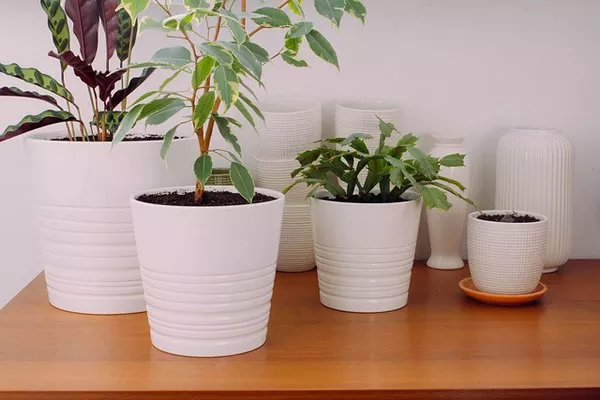Yucca plants, members of the Agavaceae family, are renowned for their unique appearance and adaptability to various environments. These hardy desert plants have captured the fascination of horticulturists and gardening enthusiasts worldwide. One of the most intriguing aspects of yucca plants is their growth rate, which varies based on species, environmental conditions, and care. In this article, we explore the factors influencing the growth of yucca plants and shed light on how fast they can mature into stunning specimens.
Factors Affecting Yucca Plant Growth
Several factors influence the growth rate of yucca plants, and understanding these elements can help maximize their development in different settings:
1. Species and Variety
The growth rate of yucca plants can vary significantly depending on the species and variety. Some yucca species, such as Yucca gloriosa and Yucca filamentosa, tend to grow more slowly compared to others like Yucca elata and Yucca rostrata, which are known for their relatively faster growth.
2. Climate and Environmental Conditions
Yucca plants are native to arid and semiarid regions, where they have adapted to thrive in harsh desert conditions. They are well-suited to warm, dry climates and require full sun exposure to grow optimally. In areas with cold winters or excessive moisture, the growth rate of yucca plants may slow down or be stunted.
3. Soil and Drainage
Well-draining soil is essential for yucca plant growth. Poorly drained soil can lead to root rot and hinder the plant’s development. Sandy or gravelly soils are ideal for yuccas, as they prevent water from accumulating around the roots.
4. Watering and Fertilization
Yucca plants are drought-tolerant and have low water requirements once established. Overwatering can be detrimental to their growth, as it may lead to root rot. Similarly, excessive fertilization is unnecessary and may negatively impact the plant’s health. Providing a balanced, slow-release fertilizer during the growing season can support steady growth.
5. Transplanting
Transplanting yucca plants can temporarily slow down their growth as they adjust to a new location. It is best to transplant yuccas during their dormant period to minimize stress and encourage successful establishment.
Growth Rate of Yucca Plants
The growth rate of yucca plants can be described as moderate to slow, especially when compared to some fast-growing ornamental plants. However, yuccas exhibit remarkable resilience and can thrive in adverse conditions, making them excellent choices for landscaping in arid regions.
On average, yucca plants typically grow at a rate of 1 to 2 feet per year in ideal conditions. This growth rate may be influenced by factors such as species, climate, and the availability of sunlight and water. Yuccas planted in their natural habitat or regions with climates similar to their native environment tend to grow faster and more vigorously.
Maturation and Flowering
The time it takes for a yucca plant to reach maturity and produce flowers varies depending on the species. Some yucca plants may take several years to mature, while others can take a decade or more.
Generally, yuccas begin flowering when they reach maturity, which is typically between 3 to 5 years for faster-growing species and 5 to 10 years for slower-growing ones. The flowering period is a spectacular sight, with tall stalks adorned with beautiful, bell-shaped flowers in shades of white, cream, or green.
Promoting Healthy Growth in Yucca Plants
To encourage healthy growth in yucca plants, consider the following care tips:
1. Sunlight: Place yucca plants in a location that receives full sunlight throughout the day. Lack of adequate sunlight can result in weak, leggy growth.
2. Watering: Water yucca plants sparingly, allowing the soil to dry out between waterings. During their dormant period in winter, reduce watering frequency.
3. Soil: Ensure the soil is well-draining, and consider adding sand or gravel to improve drainage if necessary.
4. Fertilization: Use a balanced, slow-release fertilizer during the growing season, but avoid excessive fertilization.
5. Pruning: Prune dead or damaged leaves and spent flower stalks to promote new growth and maintain the plant’s aesthetic appeal.
Conclusion
Yucca plants are a testament to nature’s resilience and adaptability. With their unique appearance and ability to thrive in harsh conditions, they have become popular additions to gardens, landscapes, and indoor settings. Understanding the factors influencing yucca plant growth and implementing appropriate care practices can help enthusiasts cultivate healthy and vibrant specimens.
Although yucca plants may not grow as rapidly as some other ornamental plants, their steady growth and striking flowering displays make them a valuable addition to any garden. With proper care, these hardy desert natives can be enjoyed for years to come, bringing a touch of the wild beauty of arid regions to any environment they grace.


